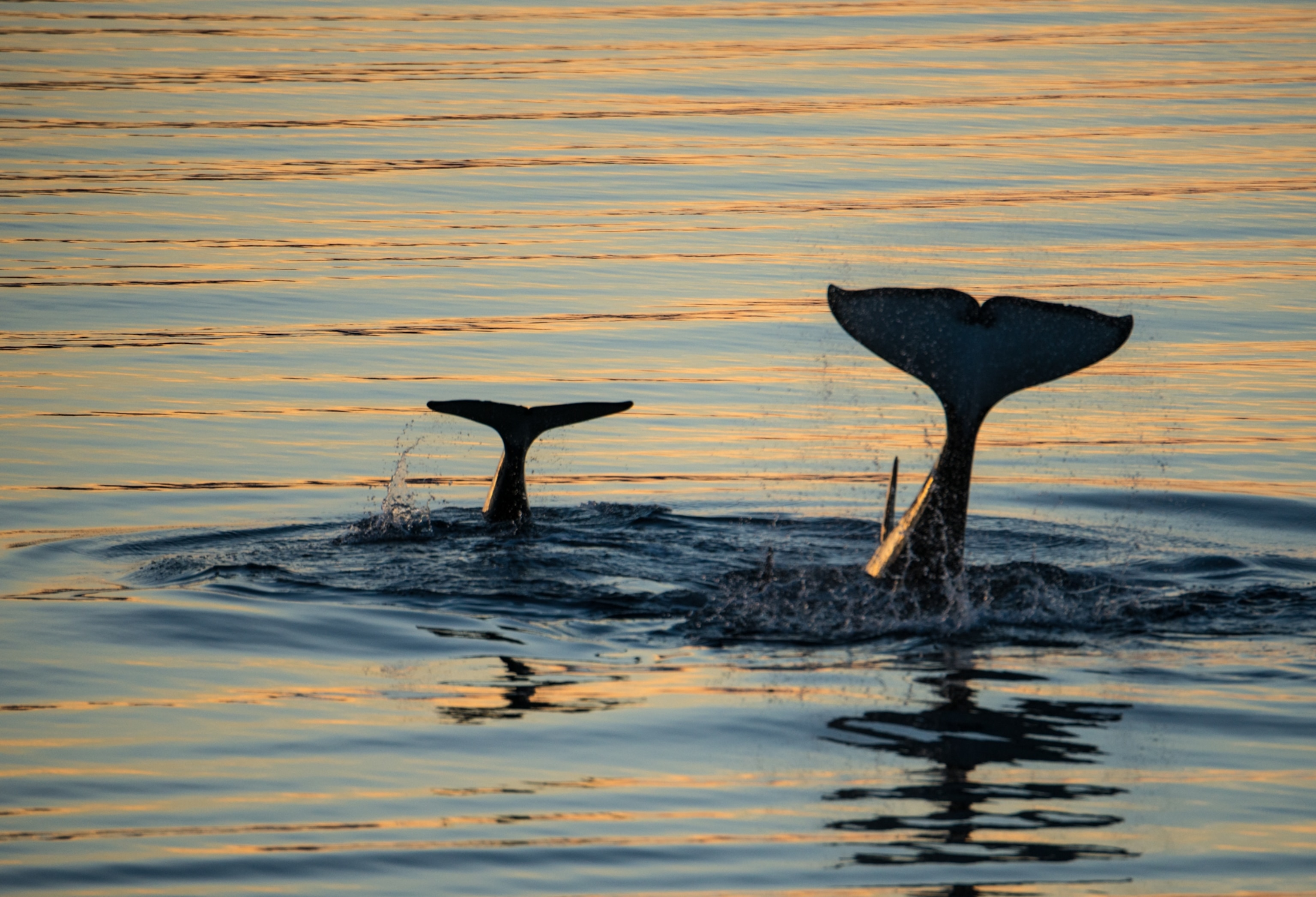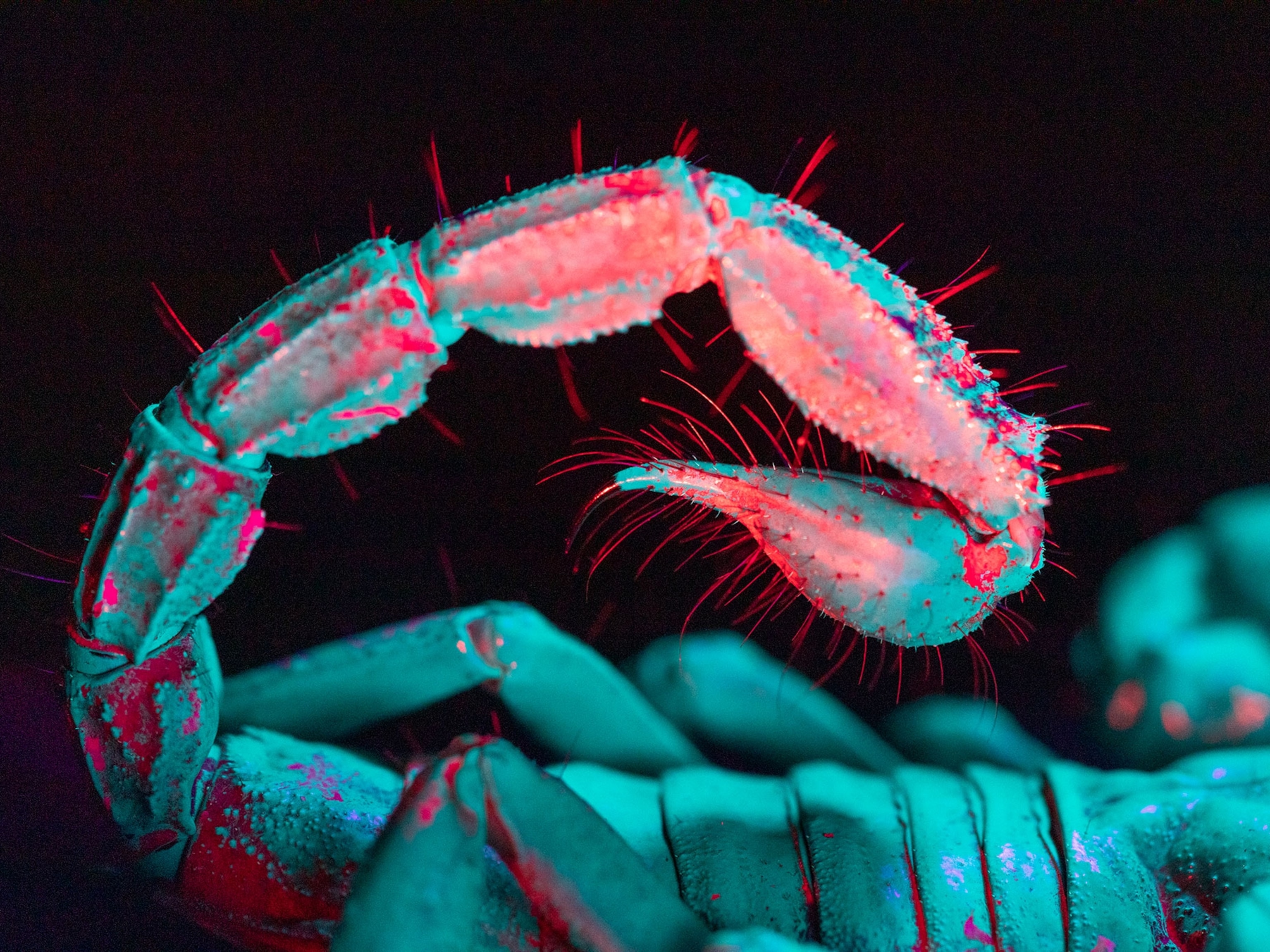
These Long-Suffering Animal Mothers Deserve a Day Too
Human mothers carry a child for only nine months, while some animals—including sharks, elephants, and even scorpions—can be pregnant for years.
Our moms aren't the only ones who deserve to be honored this Mother's Day. From octopuses to elephants, plenty of animal mothers go above and beyond for their young, even before they're born.
While women carry a child for nine months, some animal species have pregnancies that last years. (See National Geographic's pictures of animal mothers and babies.)
Since the advent of contraception in the human world, people often think that not being pregnant is a common state, says André Ganswindt, a wildlife endocrinologist at the University of Pretoria in South Africa. "But especially for long-living wildlife, being pregnant or lactating is the natural state."
So as you toast your mom this Sunday for putting up with morning sickness, labor pains, messy rooms, and chauffeuring duties, think about raising a glass to these long-suffering animal mothers too.
Deep-sea Octo-mom
Graneledone boreopacifica is one dedicated deep-sea octopus mother. In 2011, researchers began keeping tabs on one female off the central California coast that guarded her eggs for an astonishing 4.5 years. That's the longest known developmental period for any animal.
Shallow-water octopus species will usually guard, or brood, their eggs for a few months: During that time, these mothers won't eat. Once their young hatch, the moms die.
Researchers studying the G. boreopacifica mother never saw her eat, even when they used their robot to offer her some crab. They did notice some small crab carcasses nearby, so perhaps the octopus snacked on predators looking to steal her eggs. (Get more details about this super-mom.)
The Frilled Shark
Imagine being pregnant for 3.5 years: That's the burden female frilled sharks, a deepwater species found around the world, must bear to bring their little ones into the world. The estimate is based on laboratory studies published in the Japanese Journal of Ichthyology.
The frilled shark is one of a few shark species that don't lay eggs, instead giving birth to live young. Litter sizes for this species range between two to ten offspring at a time.
The Alpine Salamander
Found in the Alps across Western and Eastern Europe, these amphibians usually hide under rocks and logs in alpine meadows and forests—nothing out of the ordinary as far as salamanders go. (Read about how a killer fungus threatens salamanders.)
Where alpine salamanders diverge from their cousins is in the fact that they give birth to live young—most salamanders lay eggs—and their pregnancies last between two to four years.
African Elephant
Females of the largest land animal in the world are well known for being good mothers, and their duties start way before their baby is born. African elephant pregnancies last about 22 months—the longest known pregnancy for a mammal, says Ganswindt.

African elephant females also have an incredibly long estrous cycle—or the period when they're receptive to a mate, he explains. In people, it's about 28 days, Ganswindt says, but "in elephants, the cycle is 15 to 16 weeks." (Watch the touching reunion of a rescued elephant and her mother.)
Killer Whale
Killer whales are highly social animals that live in a matriarchal society. Groups, or pods, usually consist of 2 to 15 individuals, although groups of 40 animals have been spotted.
A killer whale's pregnancy lasts between 15 to 18 months, and once the calf is born, mom has lots of help: Her sisters, aunts, and mother often provide childcare. There isn't a discernable breeding season, so calves can be born year-round. (Learn what menopausal killer whales do for their families.)

Giraffe
These leggy animals are pretty hard to miss, but they're not as well studied as Africa's other large plant-eating animals, says the University of Pretoria's Ganswindt.
Their pregnancies last around 15 months, and they're one of the few large mammals that can get pregnant again while nursing young, he says. "Female giraffes spend the majority of their adult life pregnant or nursing or getting pregnant again." (See pictures of a mother's love.)
Scorpion
Scorpions are part of the arachnid group—which include spiders—but unlike their many-legged relatives, scorpions give birth to live young. The length of their pregnancy depends on the species.
Emperor scorpions are in the "family way" for seven to nine months before giving birth, while an African species called Opisthacanthus asper is reportedly pregnant for 18 months. (Read about a mouse that's immune to bark scorpion stings.)
Once her babies are born, some scorpion mothers can't catch a break—the youngsters ride on her back until they're grown. Sound familiar?
Follow Jane J. Lee on Twitter.





